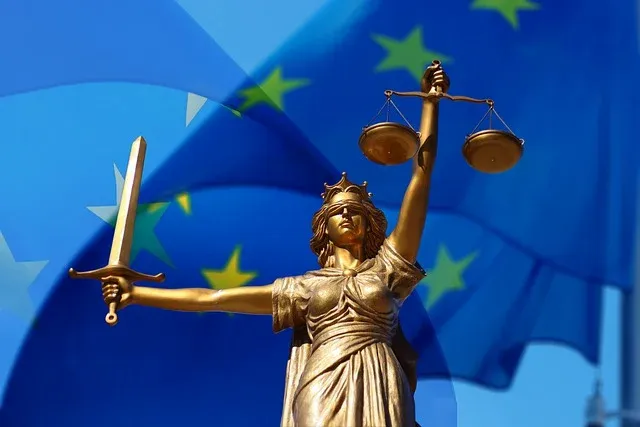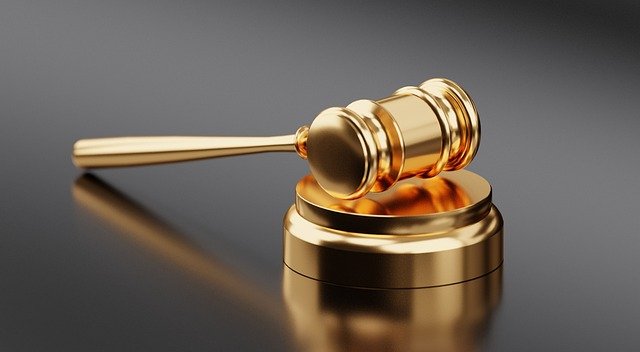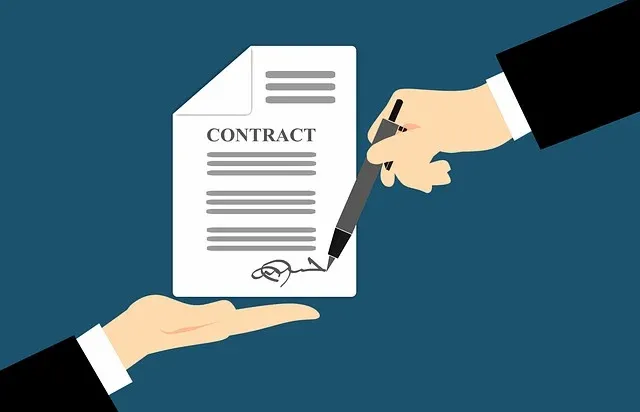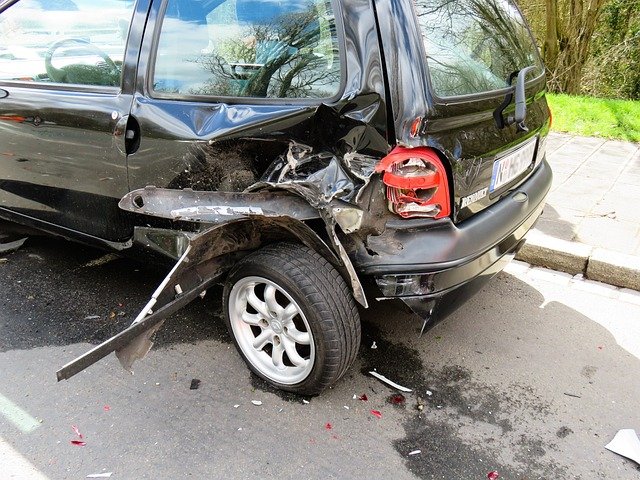I'm so elated to partake in this week's class; the topic under discussion is indeed an amazing one. Procedural Law, which was taught in previous classes under this branch of law, led me to understand that this law simply refers to "the rules and regulations governing the procedures in enforcing other essential laws."
According to what was explained in class, you must do the following:
A. Choose a law from your country and explain why you consider it a Procedural Law or part of Procedural Law.
When talking about Procedural Law in Nigeria, the "Evidence Act 2011" is a clear interpretation of that law.
The Evidence Act 2011 plays an important role in Nigeria's Procedural Law structure. It ensures guidelines for admitting, presenting, and evaluating evidence in court in accordance with the procedures and rules, ensuring a legal process in achieving fairness and justice.
| Other Aspects to Consider the Law (Evidence Act 2011) as a Procedural Law |
|---|
The Act ensures there is a certain proof standard in various cases, ensuring that fairness and justice are achieved in the legal process.
The Act controls the procedures for examining witnesses, including witness testimony.
The Act governs the collection, preservation, and presentation of evidence, ensuring fair handling and presentation.
It ensures the admissibility of evidence in court in terms of relevance, authenticity, and reliability.
B. Point out which of the principles of procedural law are present in that law and why.
Principle of Equality
The Act allows both parties to equally present their cases and to obtain information from their witnesses with clear evidence.Device Principle
Both parties are given the opportunity to justify their claimed rights by providing evidence and admitting it according to the rules outlined by the Act.Principle of Legality
Both parties must acknowledge the rules and regulations of the Act to ensure legal procedures in accordance with the law.Principle of Economy
The Act ensures effective proceedings, ensuring the timely presentation of evidence.Principle of Good Faith
The Act requires authenticity from both parties in providing evidence and the avoidance of any fraudulent activity.Principle of Publicity
The Act ensures publicity and openness in court proceedings and trials.
Case study.
Mr. Ramírez rents a commercial premises to Mr. Pérez. But it turns out that Mr. Pérez has started using the premises as a home, a fact that was prohibited in one of the clauses of the contract.
Mr. Ramírez decides to go to court and demand the termination of the contract for breach of that clause. During the course of the lawsuit, Mr. Ramírez promotes a judicial inspection of the business premises to verify that Mr. Pérez is indeed using the premises as a home. The court agrees to the judicial inspection and sets the day, time and date for it to be carried out.
A.- According to what you saw in class, say which of the facts of the case identifies you with "Process" , which identifies you with "Procedure" and explain the reason for your answer.
My analysis, based on the case study
| Process |
|---|
Mr. Ramírez's decision to go to court to demand the termination of the contract clearly describes the "Process."
Reason
The term process outlines the legal proceedings, including all activities involved in justifying the case.
| Procedure |
|---|
The "procedure" in this case ranges from the judicial inspection of the business premises to the court agreeing to the judicial inspection, and setting the date, time, and day by the court.
Reason
The procedure in this case refers to the steps and rules applied during the process of achieving justice.
The judicial inspection is the procedural step taken for the purpose of gathering evidence in justifying Mr. Pérez's breach of contract.
Practical Case.
Mrs. Maria is driving a vehicle and its brakes fail and it crashes or collides with Pedro's vehicle, causing various damages. Faced with the situation and unable to reach an agreement, Pedro decides to sue Maria and files the claim in court and upon leaving the court he finds out that the vehicle is the property of Mr. Manuel.
A.- According to what was explained in class, identify the procedural subjects and place them in each of the characters present in the case. Explain the reason for your answer.
Based on the practical case
| Procedural Subjects and Explanations |
|---|
Plaintiff (Pedro)
In this case, Pedro is the plaintiff since he initiated the lawsuit against Mrs. Maria.Defendant (Mrs. Maria)
Mrs. Maria is the defendant here, as she is being sued in court by Pedro. She will respond to the claim by Pedro and may seek liability.Third party (Mr. Manuel)
Mr. Manuel was not involved in the incident, but he is indirectly involved in the lawsuit as he owns the vehicle driven by Mrs. Maria. In this case, he may be joined as a third-party defendant in the lawsuit.Jurisdictional Body (Court)
The law will address the case and make necessary decisions with applicable laws to resolve the issues between Pedro and Mrs. Maria.
I will love to invite;
@imohmitch
@us-andrew
@precious9
Cc,
@anasuleidy




https://x.com/Promisezella/status/1877093294993183216?t=NA9gmsrzsfwhbTqHspzbug&s=19
Downvoting a post can decrease pending rewards and make it less visible. Common reasons:
Submit